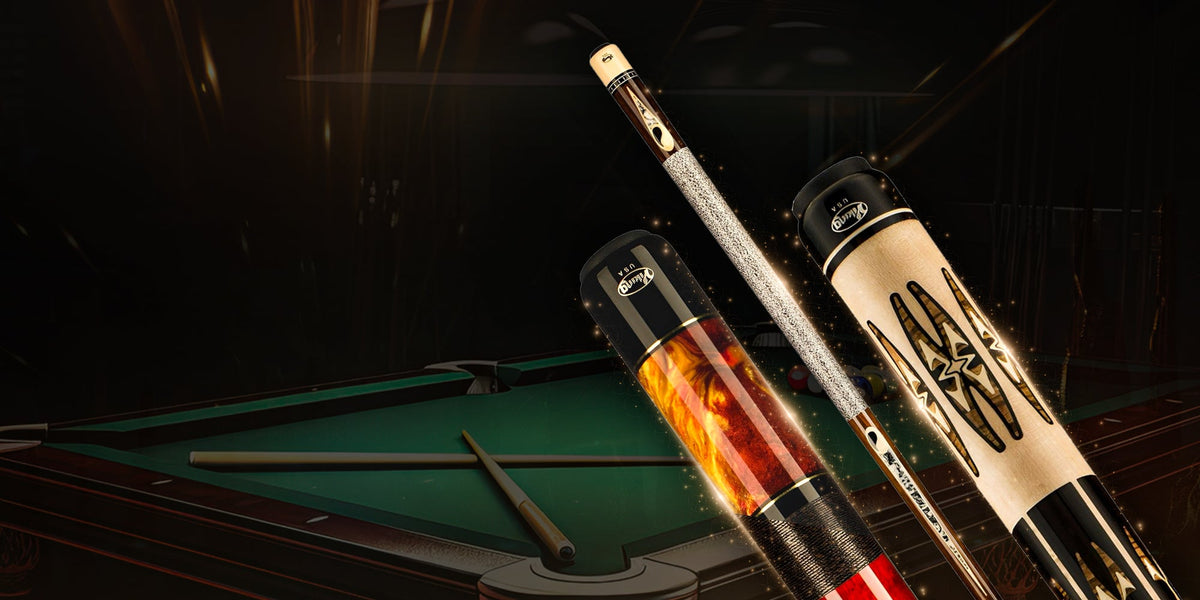Somewhere between 20 - 25 years ago I was in a pool room and there was an old guy at a table knocking balls around by himself. What I noticed was he very rarely missed. So, I asked him if he wanted to just beat some balls around together and he said "sure".
We played 8-ball and I was getting waxed every game. Luckily no money was involved, and it was all for fun since he would have busted me because his ball making was incredibly accurate. I noticed that he did something with his hand on every shot except straight ins, so I asked him what it was and why he did it. He didn't use the words "tuck and roll", and at that stage of my life I never heard about it or knew what it was.
But what he said was on straight in shots, he aimed center CB to COB to center pocket and kept his right wrist straight and locked with the back of his hand. On cuts to the right, he still aimed CCB to COB but on the take away in the backstroke he turned the back of his hand so it faced toward the ceiling. And on cuts to the left, he still aimed CCB to COB but on the take away in the backstroke he turned his hand so the back of his hand faced towards the floor and his wrist was bowed out. I had no idea what the hell he was talking about and thought he was pulling my leg. He then said on more severe cuts he does the same thing but aims for a 1/2 ball alignment and then uses the hand and wrist.
I didn't try any of it there but did remember it and gave it a good hard workout and learned how to do it once I got a table of my own some years later.
THAT was the real definition of "FEEL". To be able to manipulate your hand and wrist the right amount to get the tip and shaft orientation in just the right position and angle to pocket angled cut shots. Not guessing with the eyes going back and forth for some imaginary fraction or contact point. It's referred to as aiming by "feel", but it's really not tactile which is what "feel" is.
Btw, his position play was extremely accurate, well played and a part of it.
Don't knock it until you try it.
